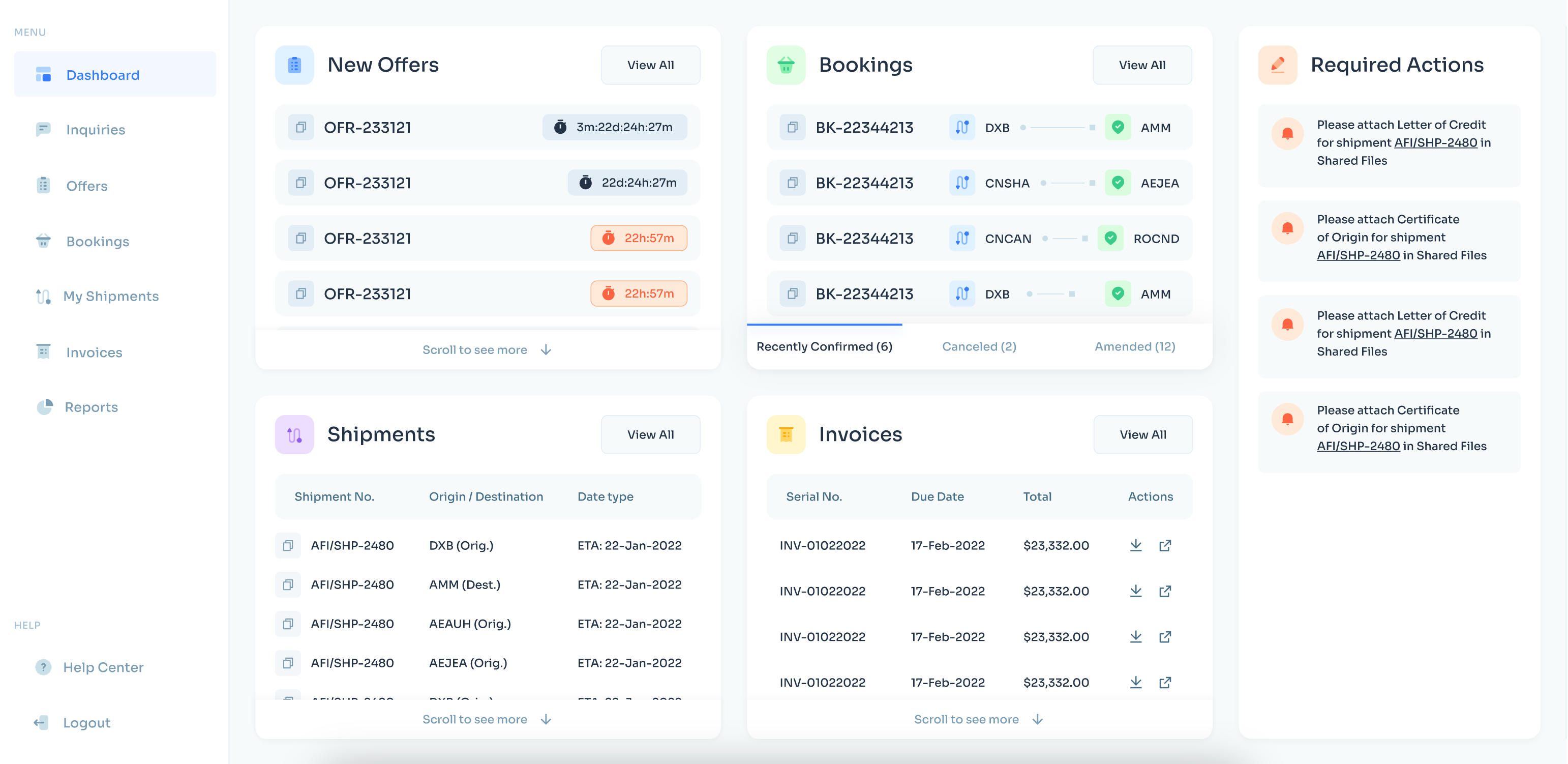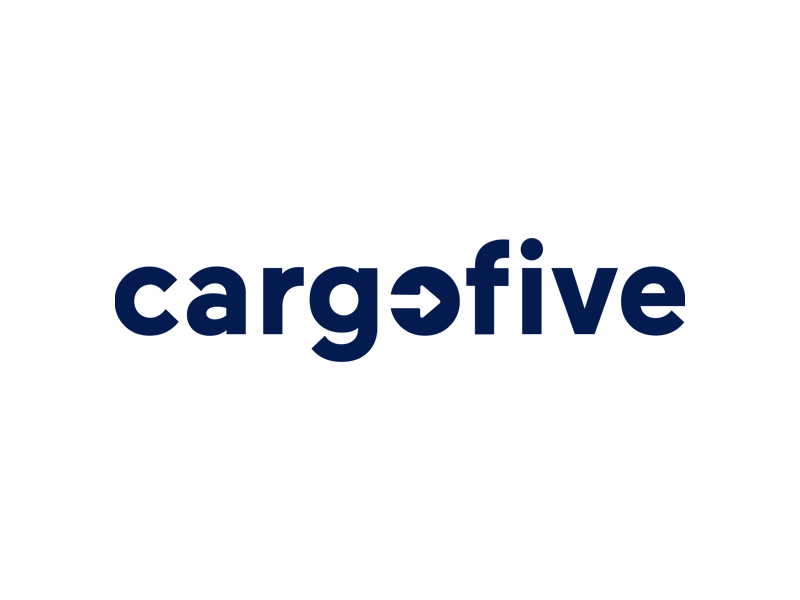Missed our recent webinar? Here’s a full recap of the discussion between Logistaas and CargoFive, where industry experts explored how automation and digital rate management are transforming the freight forwarding landscape, with a spotlight on ocean freight.
The Manual Past: Freight Forwarding Before Automation

For decades, freight forwarding relied on manual coordination, endless email threads, scattered spreadsheets, and phone calls chasing rate confirmations. Many forwarders still operate this way today, spending countless hours managing quotes, shipments, and invoices across disconnected tools.
The result?
Slower response times, higher error rates, and lost opportunities in a market that rewards speed and accuracy.
Stage 1: No Automation
At this stage, forwarders handle everything manually:
A client requests a rate ➜ someone contacts multiple carriers ➜ rates are copied into spreadsheets ➜ data gets shared around via email.
This fragmented process leads to duplicated work, miscommunication, and missed chances. Visibility suffers both internally and externally, clients wait for answers, and forwarders struggle to stay organized.
Stage 2: Core Automation with a TMS

That’s where Transportation Management Systems (TMS) like Logistaas changed the game. By centralizing bookings, documents, invoices, and communications in one place, forwarders gain structure and efficiency.
Key benefits of automation in freight forwarding include:
Unified operational workflows, from sales to finance.
Integration with CRMs, accounting systems, and e-invoicing.
Reduced human error and faster internal collaboration.
And when rate management platforms like CargoFive integrate directly with a TMS, things get even smoother. Spreadsheets disappear, and forwarders quote with accurate, up-to-date rates in just a few clicks.
Stage 3: Extending Automation with Quotation Platforms

The missing link in many forwarders’ workflows is quick, reliable rate visibility. CargoFive connects directly with carriers to deliver instant quotes and schedules, no more chasing rates manually.
When integrated with Logistaas, these quotes flow seamlessly into the freight forwarder’s workflow.
The impact is immediate:
Consistent, accurate client responses.
Fewer errors = higher margins.
Faster turnaround = higher win rates.
A Real-World Demo: CargoFive + Logistaas Integration
During the live demo, Anjad Ajarmeh, Sales Manager at Logistaas, showcased how a simple ocean freight request can be processed in seconds:
The forwarder requests a rate in CargoFive, which instantly returns carrier options.
Once a rate is selected, it’s automatically imported into Logistaas.
The TMS generates a complete quotation instantly, no manual data entry required.
From there, the workflow continues seamlessly through operations, invoicing, and the customer portal, where clients can view their quotes, bookings, and shipment milestones in one place.
The Bigger Picture: Delivering Value to Clients
Automation isn’t only about efficiency for internal teams, it’s about delivering transparency and speed to clients.
Through the Logistaas Customer Portal, shippers gain real-time access to quotes, shipments, invoices, and documents, without waiting for manual updates.
That’s how automation moves from being an internal advantage to becoming a client-facing differentiator.
Key Takeaways from the Webinar
✅ Automation in freight forwarding is not optional. It’s the competitive edge that determines who leads and who follows.
✅ A TMS creates the foundation. It centralizes workflows and eliminates operational chaos.
✅ Quotation platforms extend automation. They add speed, visibility, and consistency to pricing.
✅ Integration creates real value. Together, Logistaas and CargoFive bridge the gap between quoting, operations, and customer experience.
Want to watch the full webinar? https://www.linkedin.com/feed/update/urn:li:activity:7384573943749357568
